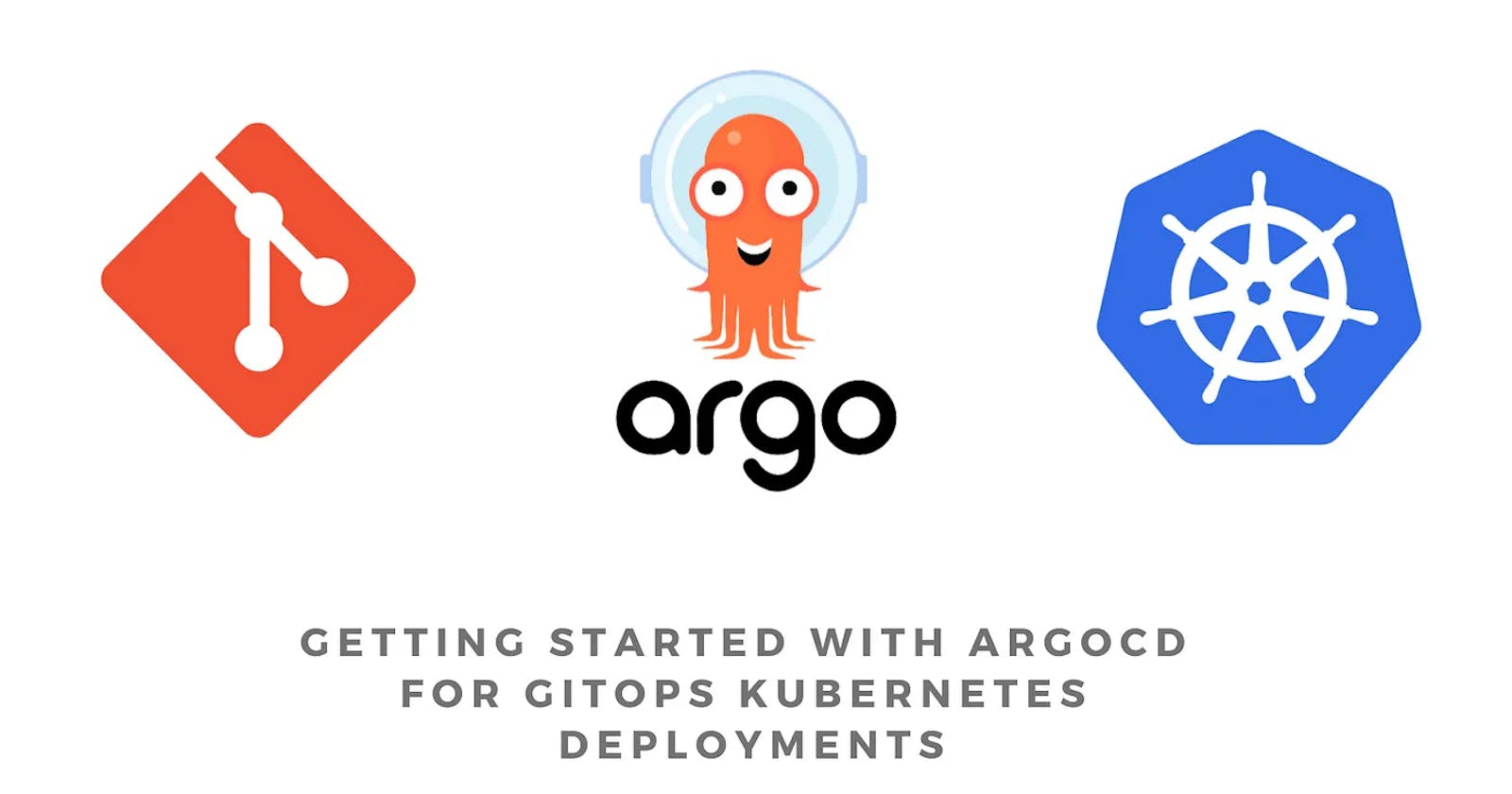Table of Contents:
Introduction
What is GitOps?
Using GitOps with Argo CD, Kubernetes, and Helm Charts
Getting Started with GitOps, Argo CD, Kubernetes, and Helm Charts
Conclusion
Introduction:
In today's fast-paced software development environment, it's essential to have a robust CI/CD pipeline that automates the deployment of applications. GitOps is a modern practice that streamlines the management of infrastructure and applications. In this blog post, we'll explore how GitOps can be used to create a CI/CD pipeline using Argo CD, Kubernetes, and Helm Charts. We'll also provide a detailed architecture diagram and code snippets to help you get started.
GitOps is a software development practice that uses Git as a single source of truth for managing infrastructure and application configuration. In GitOps, all changes are made through Git commits, which trigger automated deployments.
Using GitOps with Argo CD, Kubernetes, and Helm Charts
Argo CD is an open-source GitOps continuous delivery tool for Kubernetes. It allows you to manage Kubernetes applications and configurations using Git as a source of truth. Helm Charts is a package manager for Kubernetes that simplifies the installation and deployment of applications.
Here's a detailed architecture diagram of the GitOps CI/CD pipeline using Argo CD, Kubernetes, and Helm Charts:
+------------------+
| Developer |
+---------+--------+
|
| Git push
v
+---------+--------+
| Git Repository |
+---------+--------+
|
| Git pull
v
+---------+--------+
| Argo CD |
+---------+--------+
|
| Helm Chart
v
+---------+--------+
| Kubernetes API |
+---------+--------+
|
| Kubernetes deployment
v
+---------+--------+
| Kubernetes |
| Cluster |
+------------------+
As you can see, the developer pushes their code changes to the Git repository, which triggers Argo CD to pull the updated configuration. Argo CD then uses Helm Charts to deploy the changes to the Kubernetes cluster via the Kubernetes API, which manages the actual deployment of the application. This creates a streamlined CI/CD pipeline that is easy to manage and maintain.
Getting Started with GitOps, Argo CD, Kubernetes, and Helm Charts
To get started with GitOps, Argo CD, Kubernetes, and Helm Charts, follow these steps:
Set up a Git repository to store the application configuration files and infrastructure code.
Install Argo CD and Helm on your Kubernetes cluster.
Configure Argo CD to monitor the Git repository.
Create a Helm Chart for your application.
When changes are made to the Git repository, Argo CD will use Helm to deploy the changes to the Kubernetes cluster.
Argo CD will verify that the deployment was successful and roll back changes if necessary.
Here's an example of how to configure Argo CD to monitor a Git repository and deploy an application using Helm:
apiVersion: argoproj.io/v1alpha1
kind: Application
metadata:
name: my-app
spec:
destination:
name: my-cluster
namespace: default
project: default
source:
repoURL: https://github.com/Deepak-du/django-todo
path: k8s/my-app
targetRevision: HEAD
syncPolicy:
automated:
prune: true
selfHeal: true
helm:
releaseName: my-app
Conclusion:
GitOps is a modern approach to managing infrastructure and applications that use Git as a single source of truth
